Frogs Of Durban
Durban is well known for its warm sub tropical climate, with high rain fall and humidity making it a perfect environment for a plethora of amphibian species. With around 30 species of frogs and toads found within the Durban area many of which are commonly found in suburban gardens, ponds and nature reserves.
Frogs have long been known as great environmental indicators showing the health of a local ecosystem, being sensitive to climatic changes and a heightened sensitivity to chemical presence and water quality. Amphibians play an important role in the environment by providing food for numerous animals such as snakes, birds as well as various small mammals.
Afrixalus delicatus – Delicate Leaf-Folding Frog
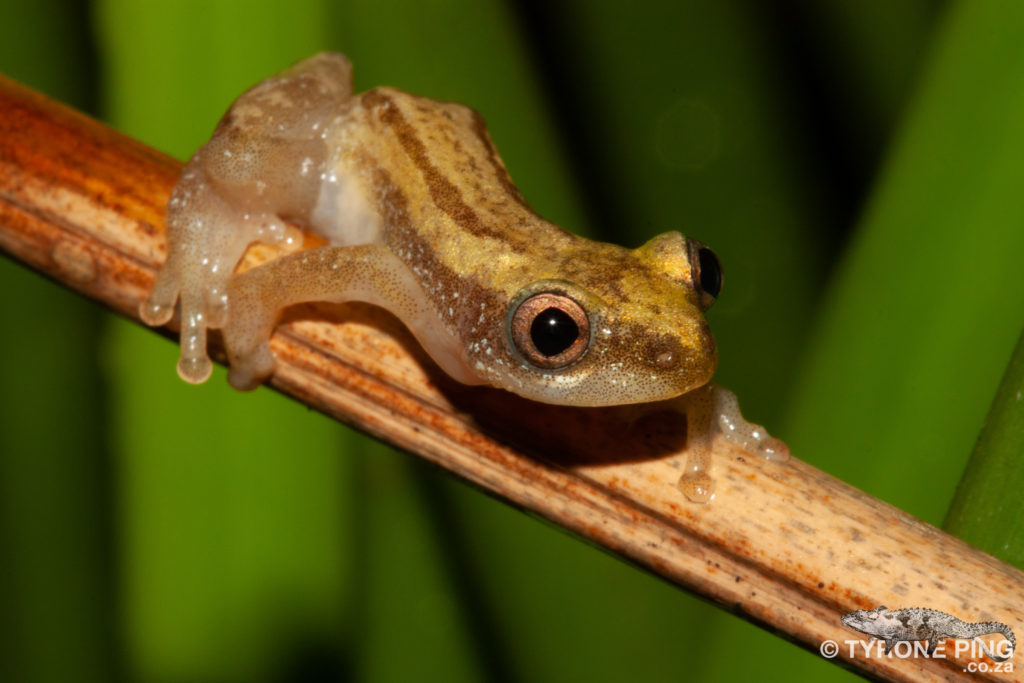
Afrixalus fornasinii – Greater Leaf-Folding Frog
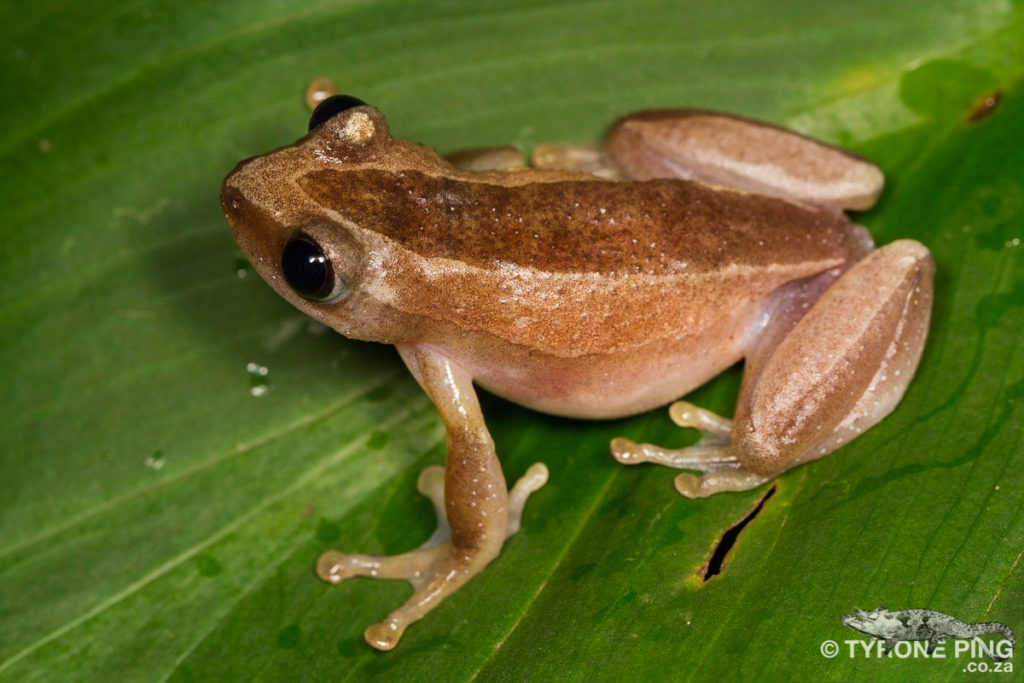
Afrixalus spinifrons – Natal Leaf-Folding Frog
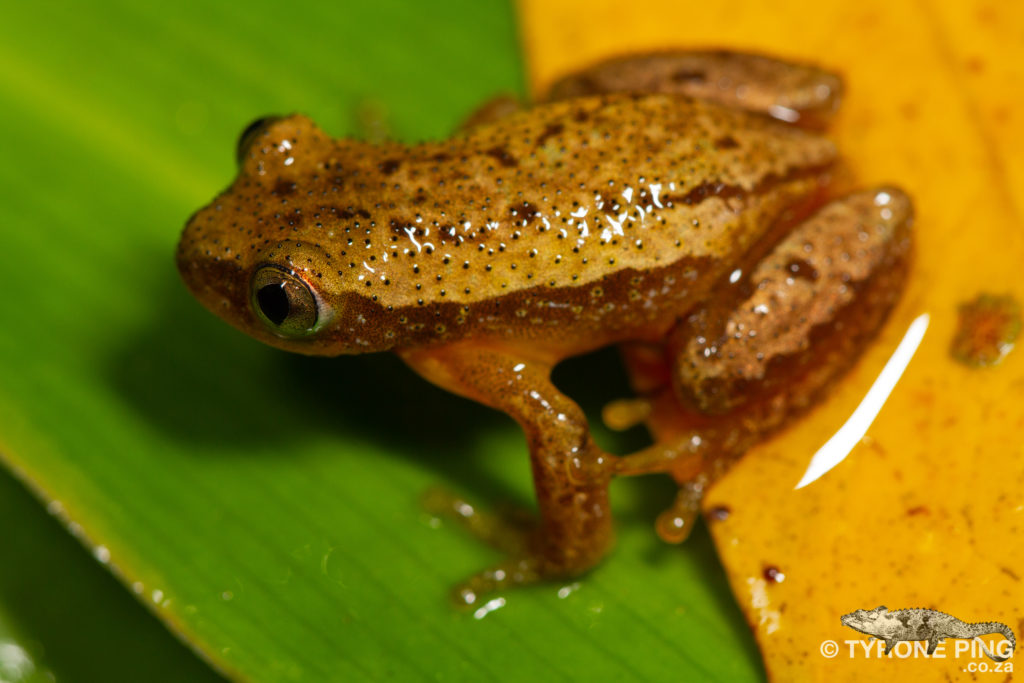
Hyperolius marmoratus marmoratus – Painted Reed Frog
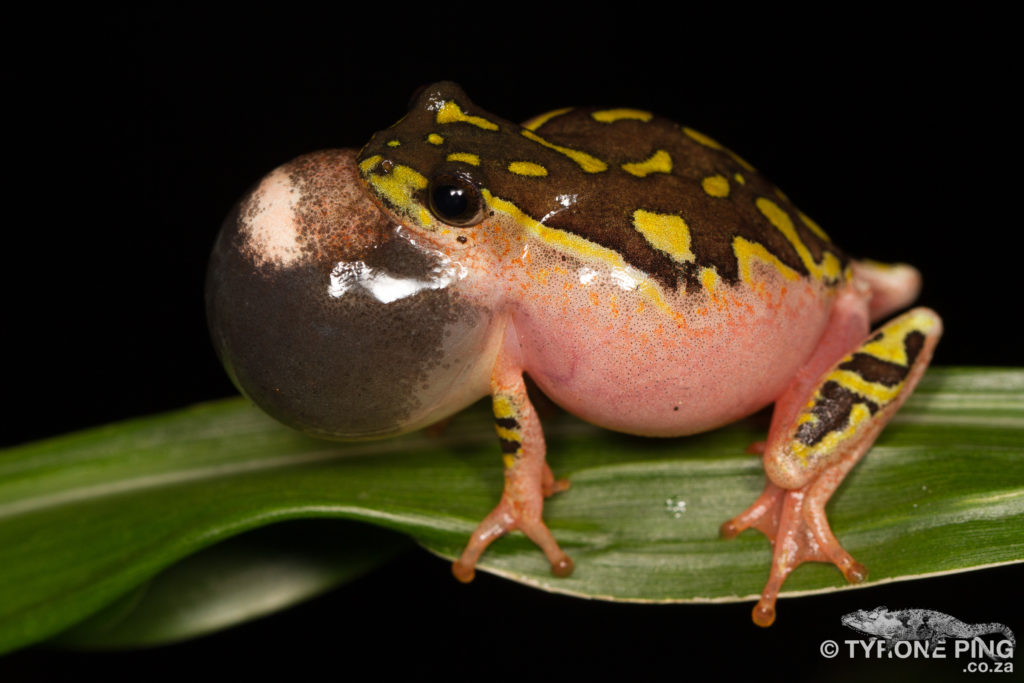
Hyperolius pickersgilli – Pickersgill’s Reed frog

Hyperolius pickersgilli_Pickersgils_Reed Frog_Tyrone_Ping_2017-5
Hyperolius tuberilinguis – Tinker Reed Frog
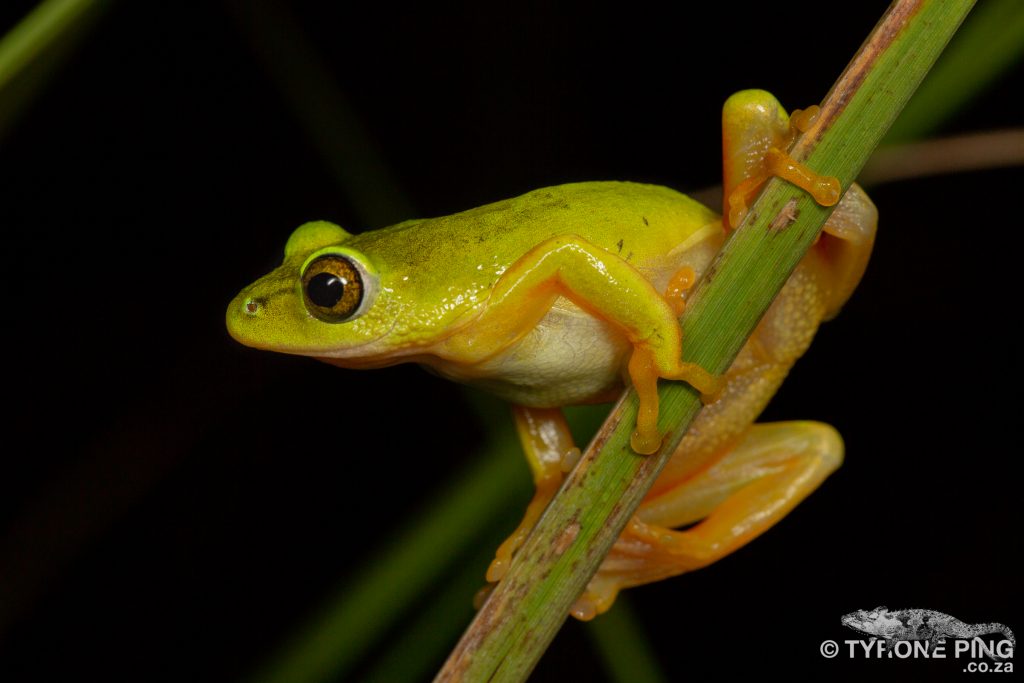
Hyperolius pusillus – Water Lilly Frog
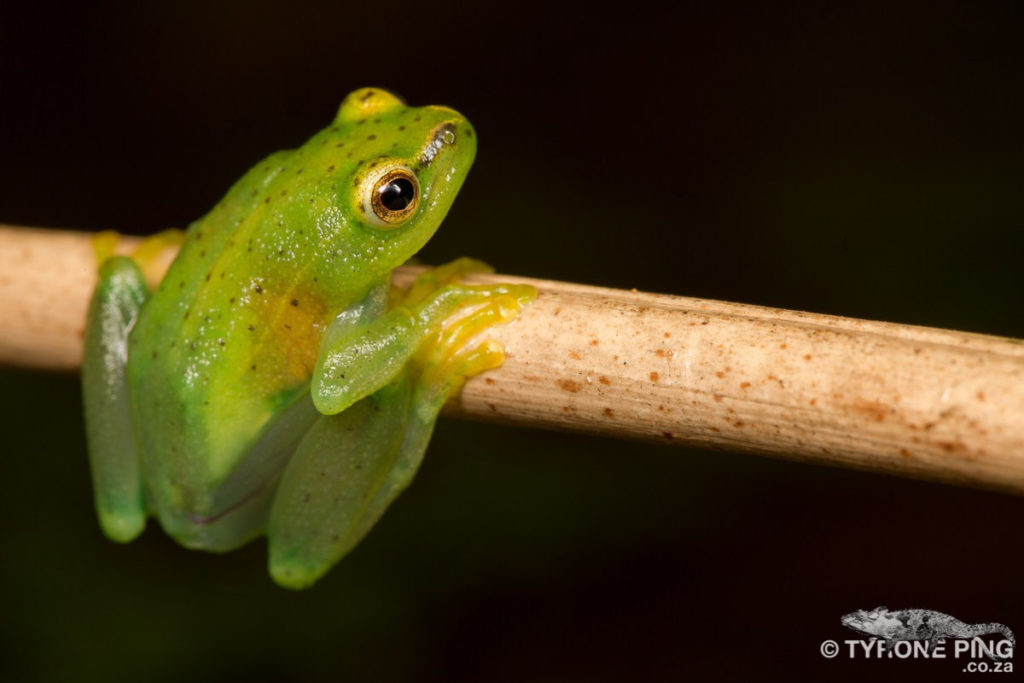
Hyperolius argus – Argus Reed Frog
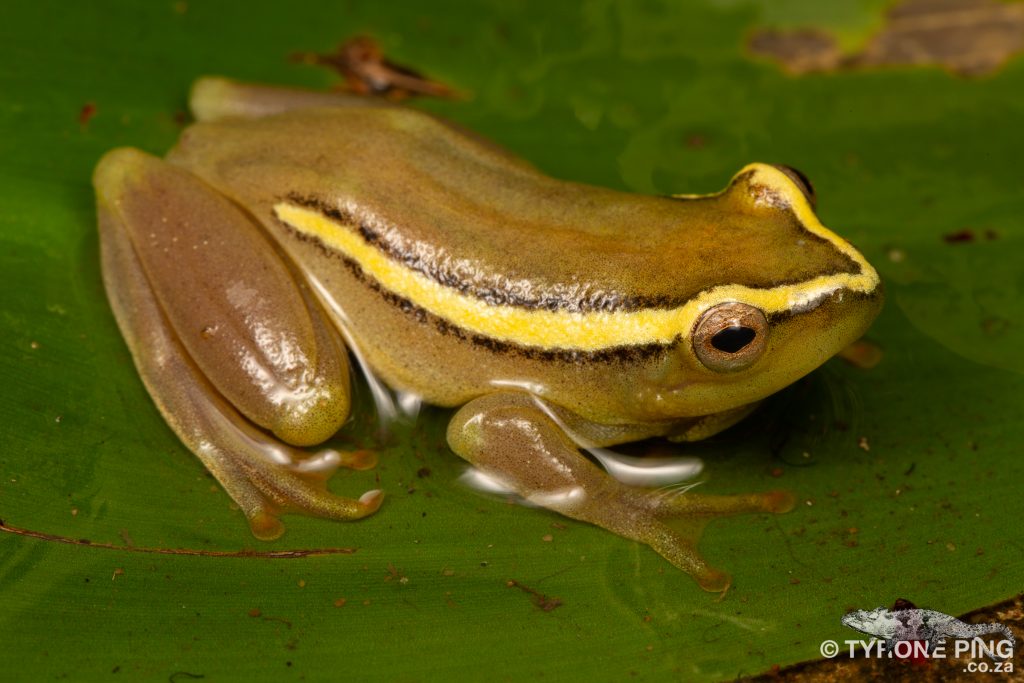
Hyperolius semidiscus – Yellow Striped-Reed Frog
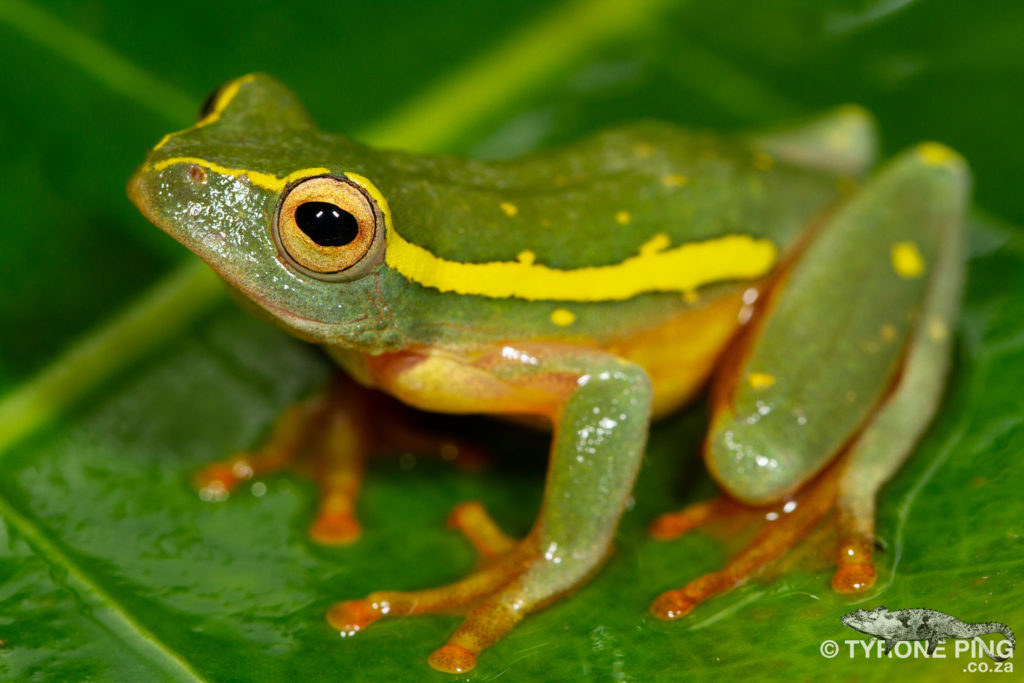
Leptopelis natalensis – Natal Forest-Tree Frog
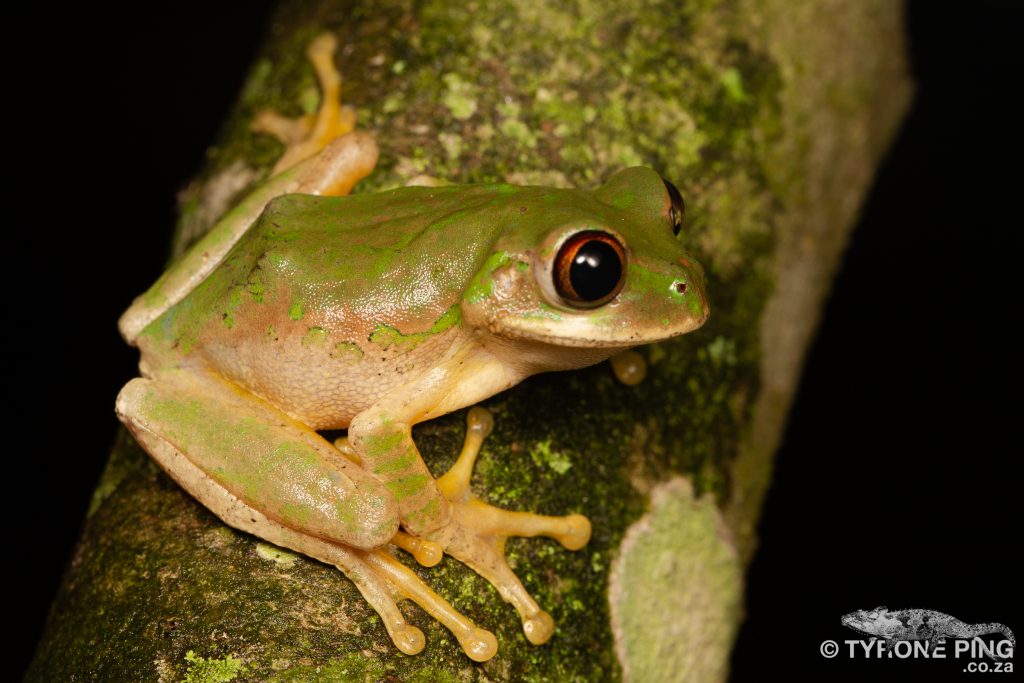
Natalobatrachus bonebergi – Kloof Frog
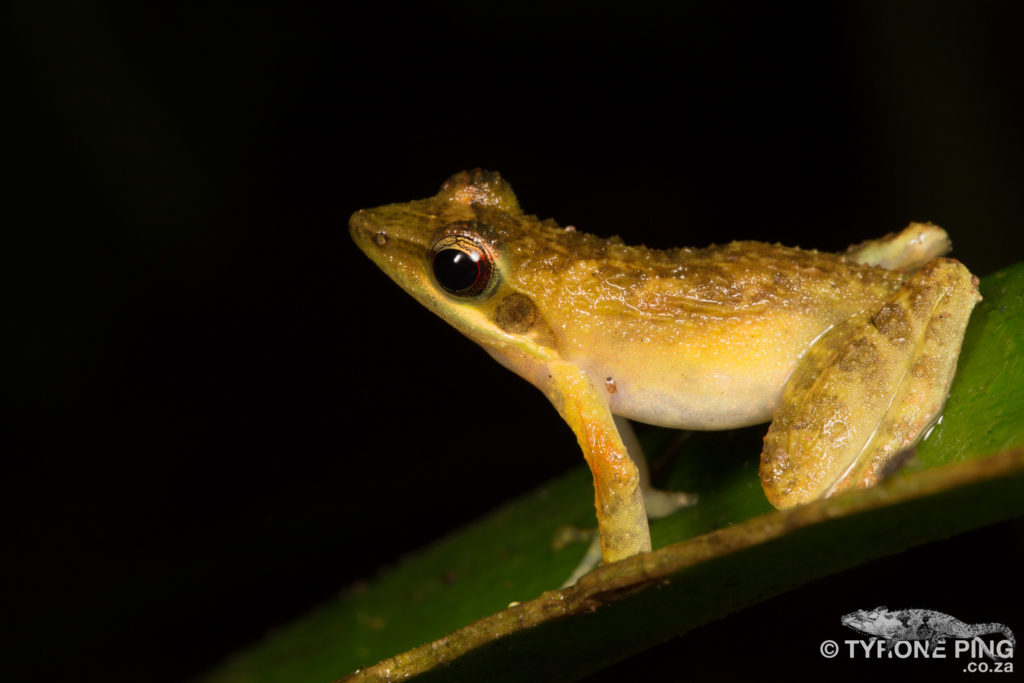
Hadromoprhyne natalensis – Natal Cascade Frog
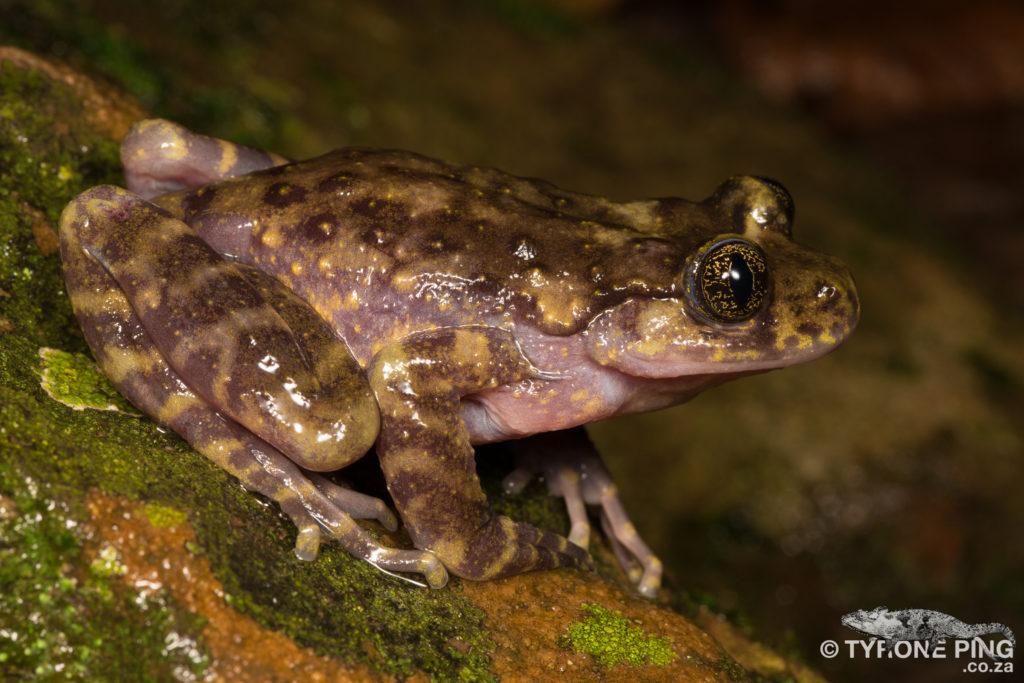
Arthroleptis wahlbergii – Bush Squeaker
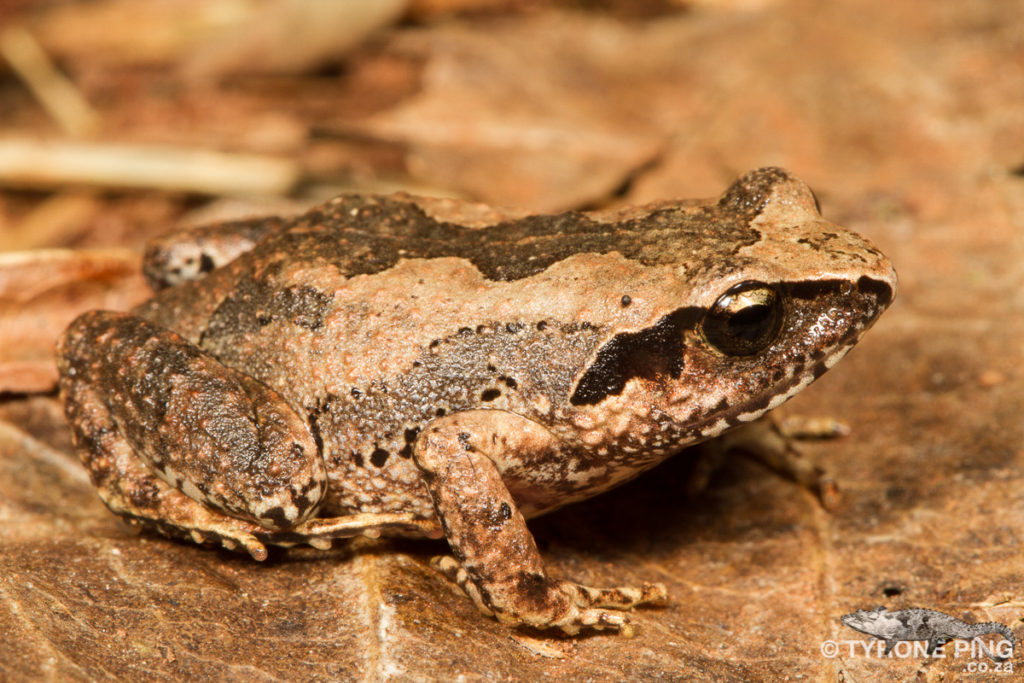
Phrynobatrachus natalensis – Snoring Puddle Frog
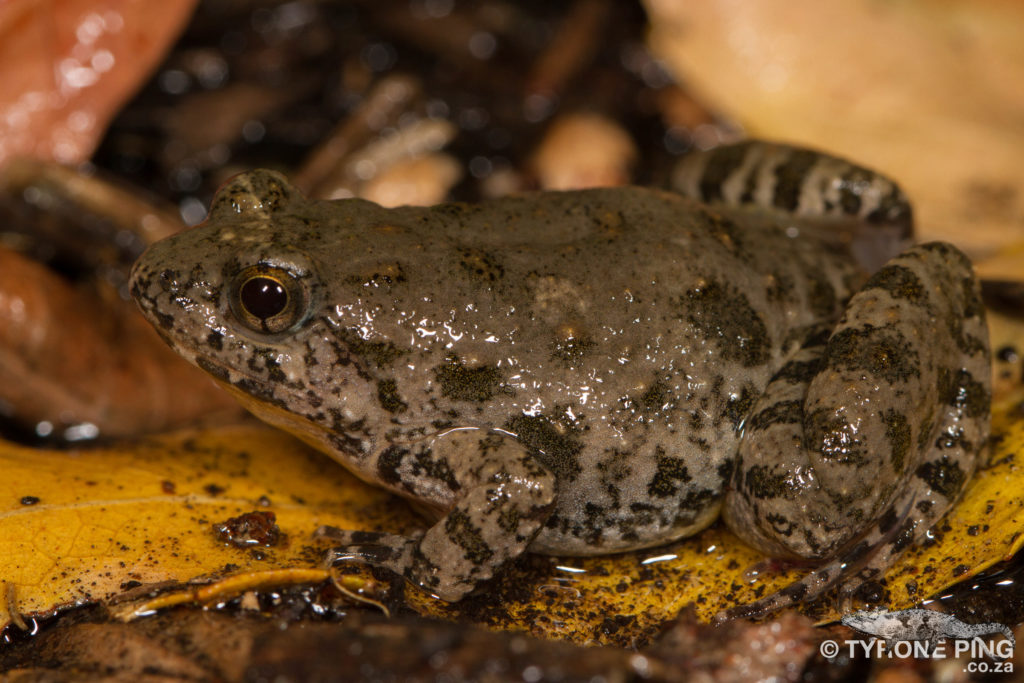
Tomopterna natalensis – Natal Sand Frog
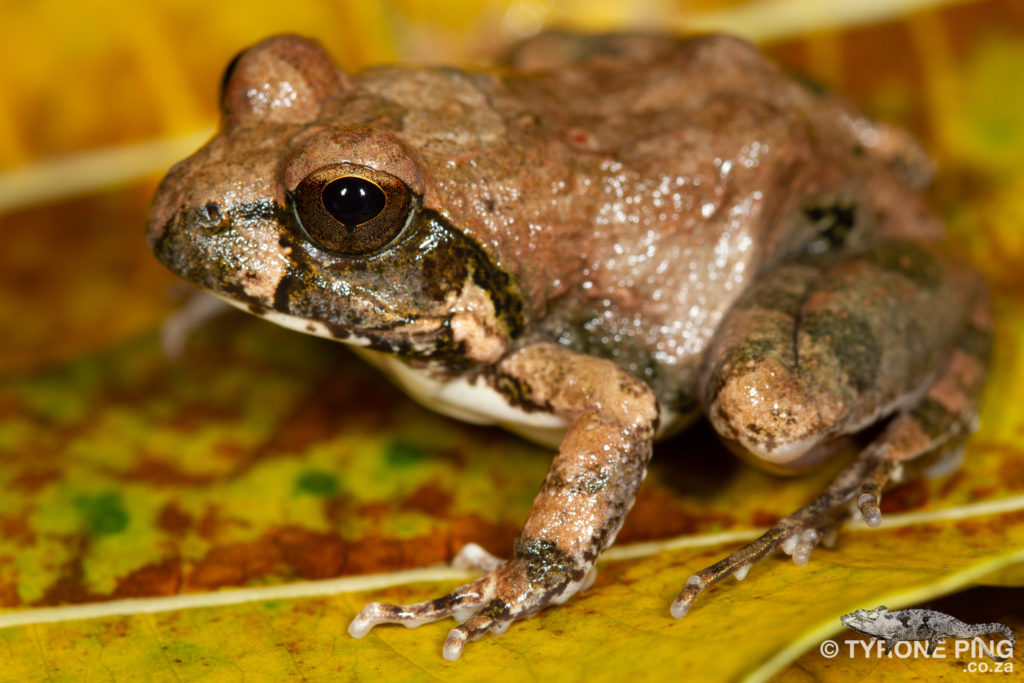
Kassina senegalensis – Bubbling Kassina
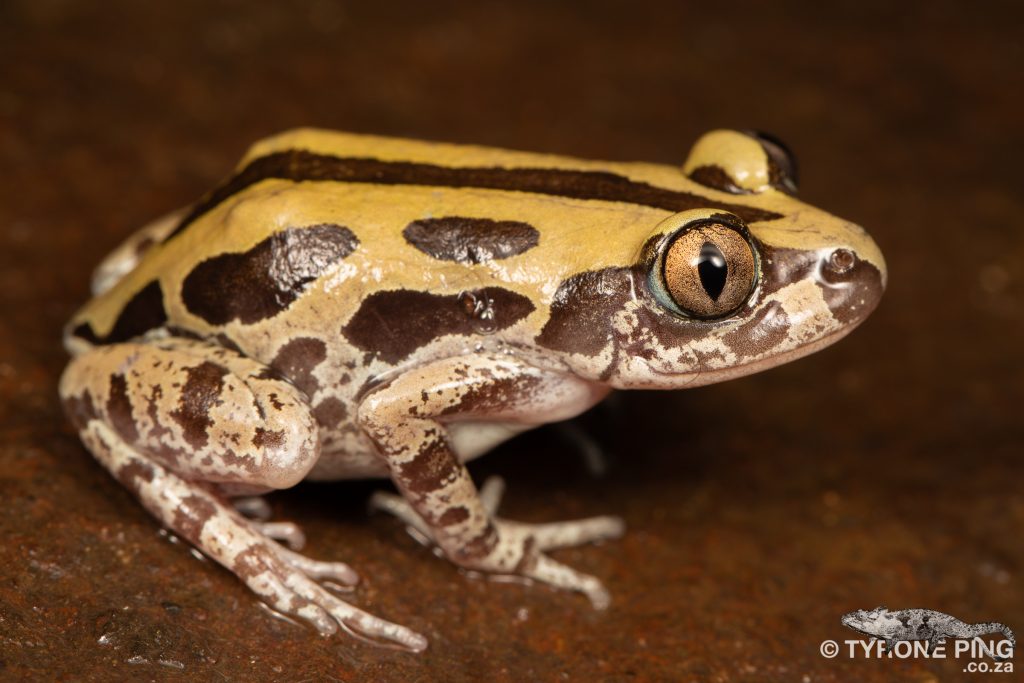
Breviceps adspersus – Bushveld Rain Frog
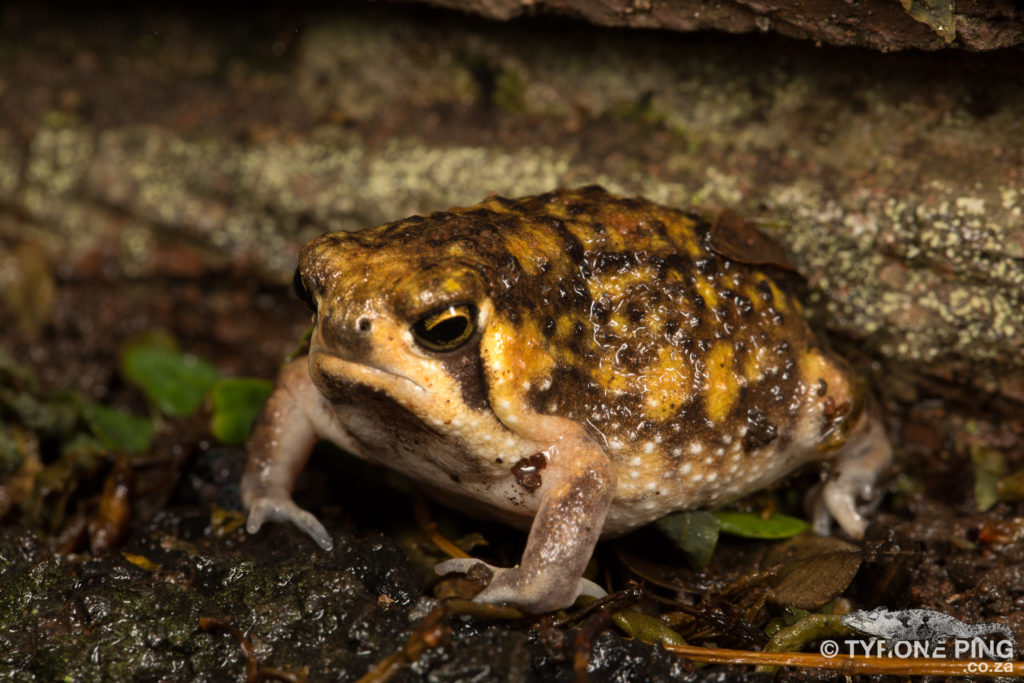
Breviceps verrucosus – Plaintive Rain Frog
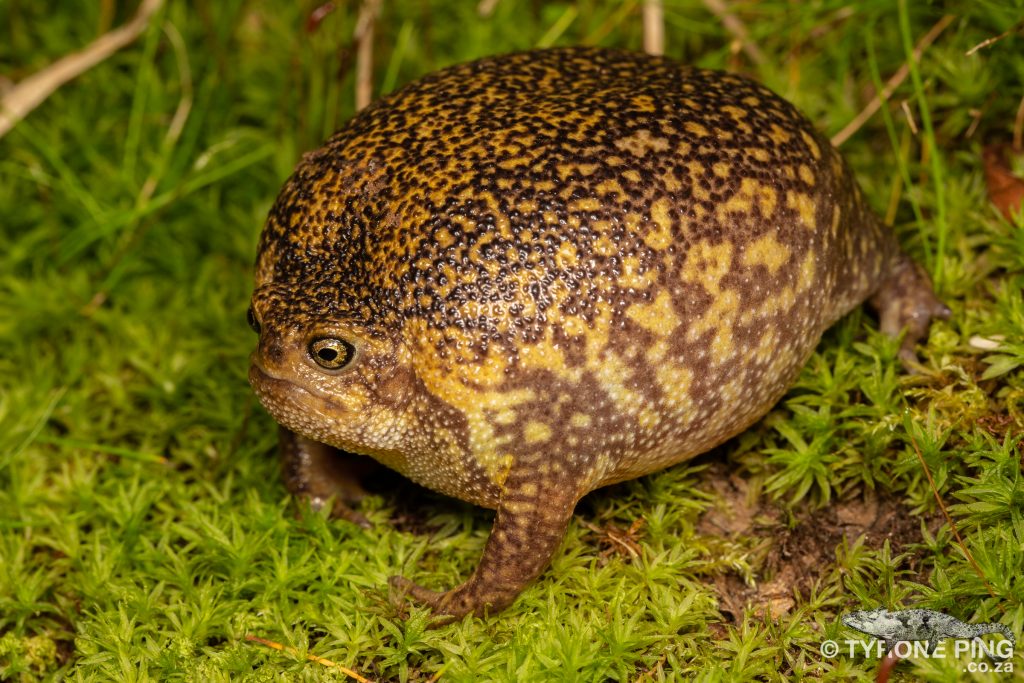
Hemisus guttatus – Spotted Shovel-Nose Frog
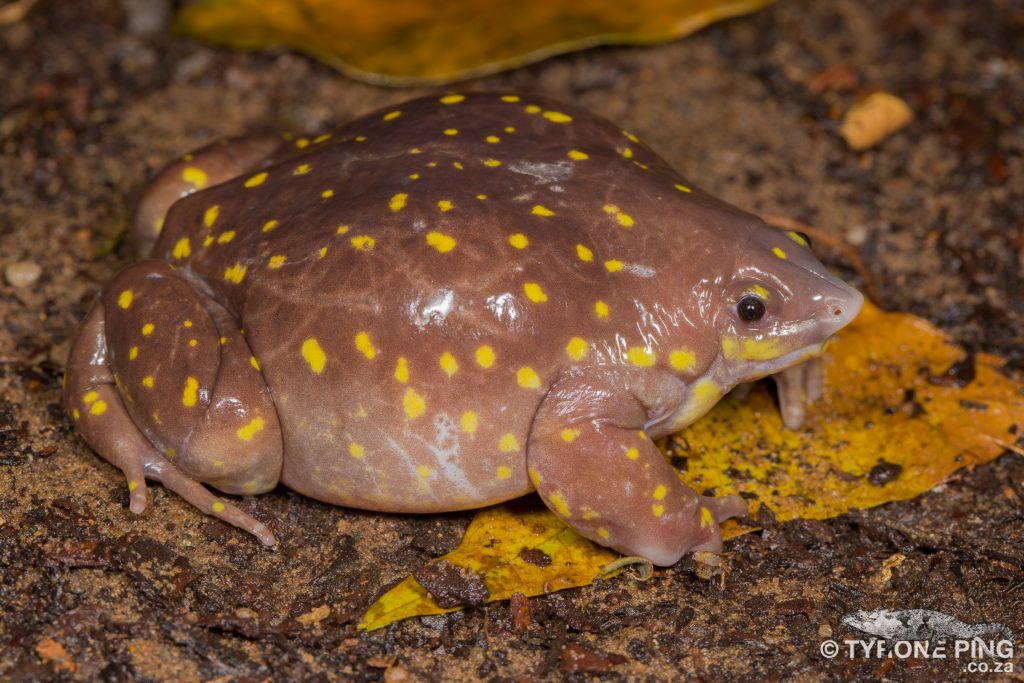
Sclerophrys capensis – Raucous Toad
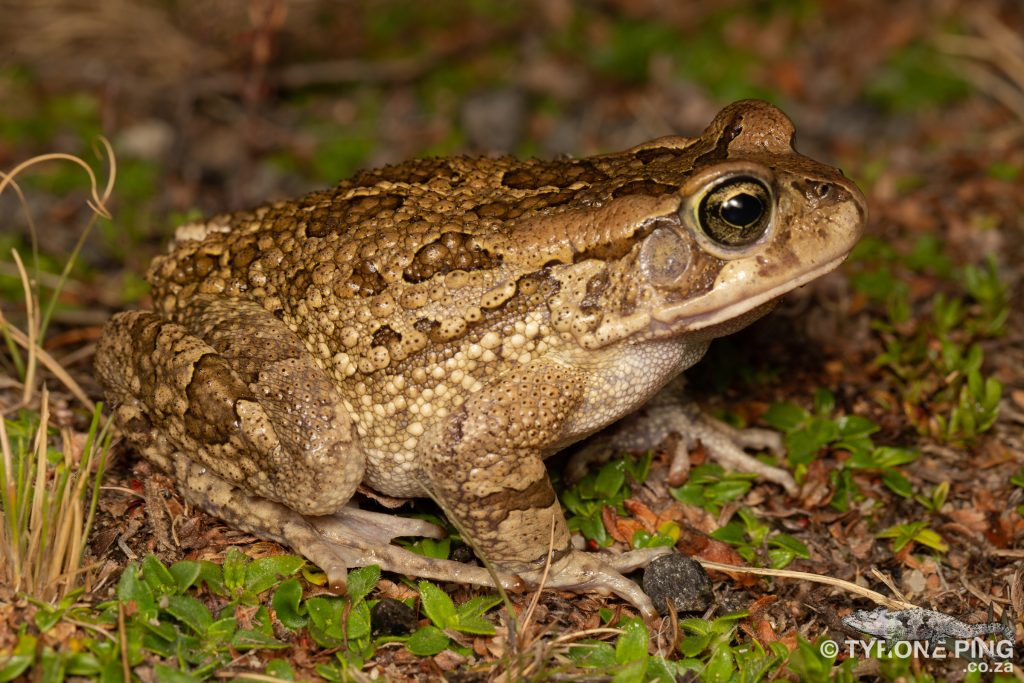
Sclerophrys gutturalis – Guttural Toad
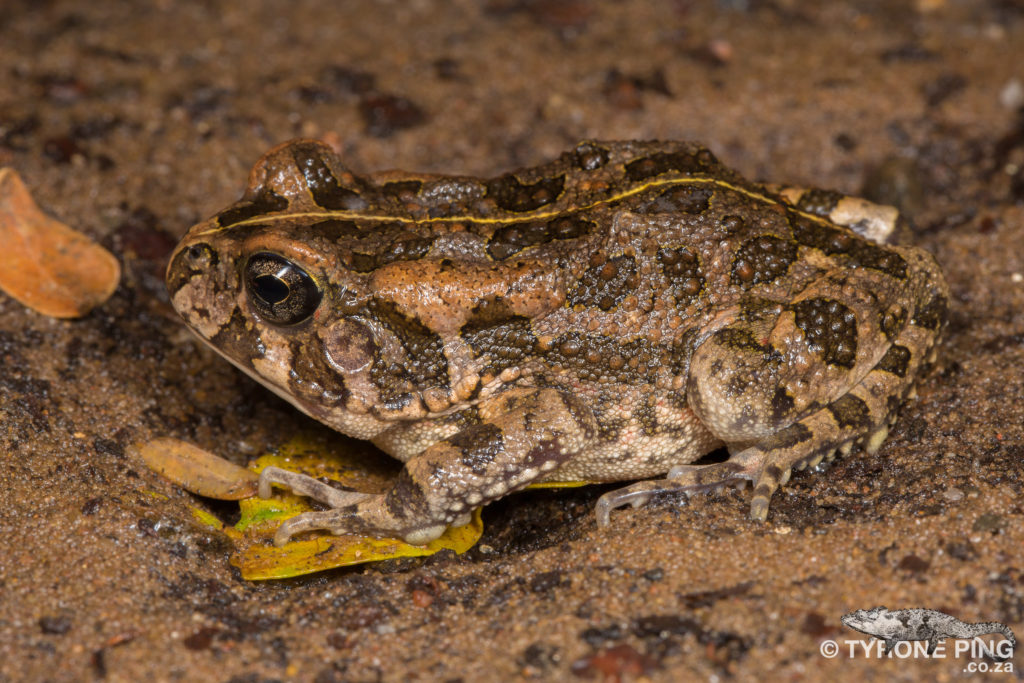
Schismaderma carens – Red Toad
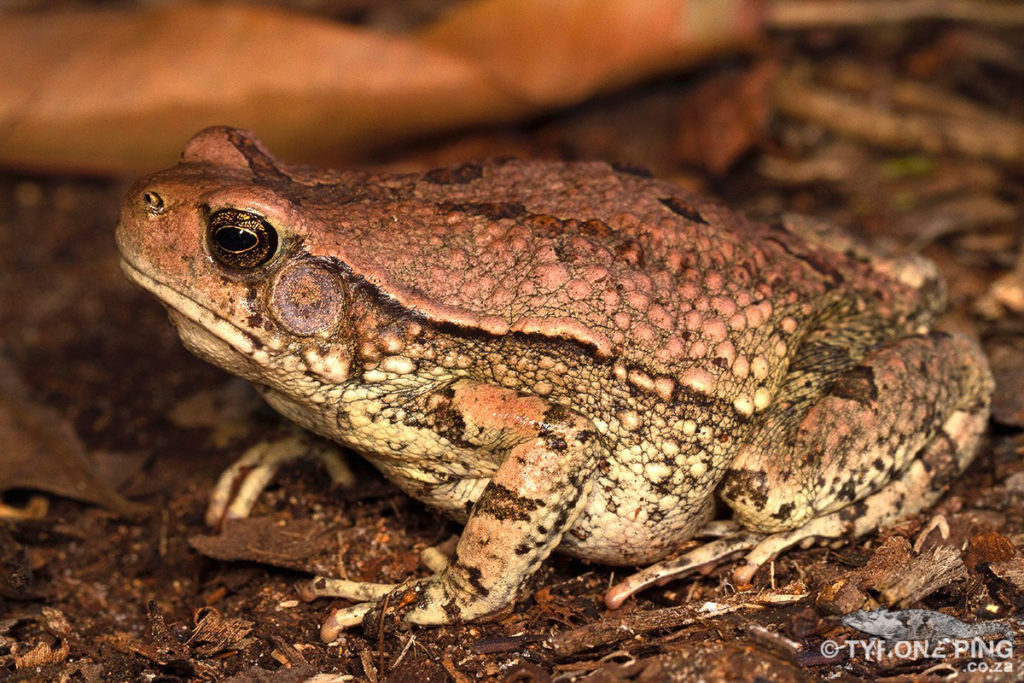
Cacosternum boettgeri – Boetgers Caco
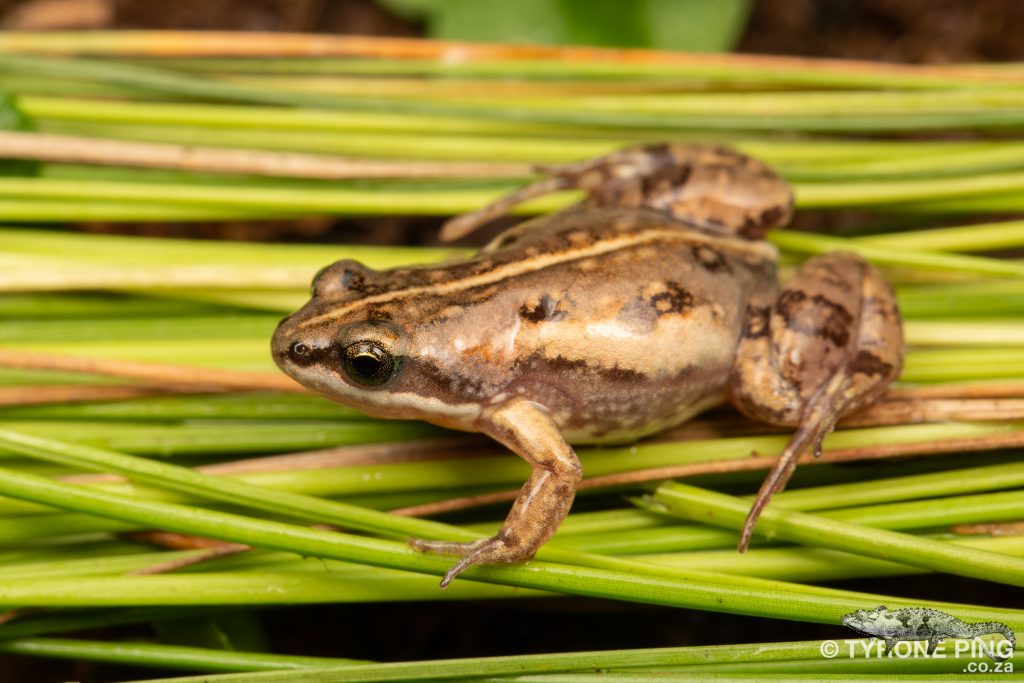
Cacosternum nanum – Bronze Caco
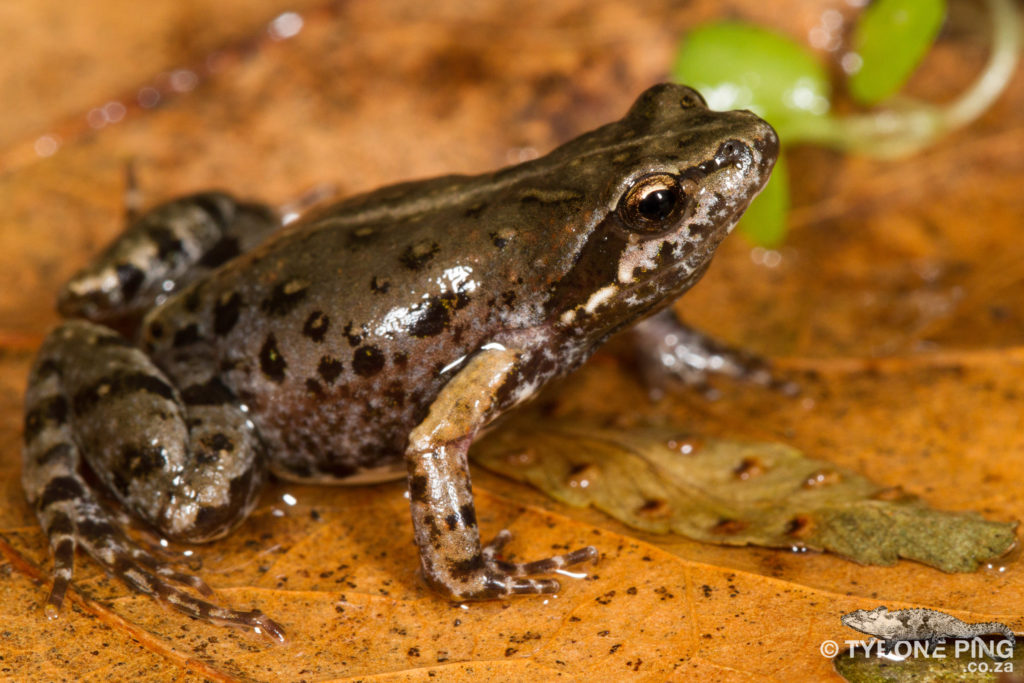
Cacosternum nanogularum – KwaZulu Caco
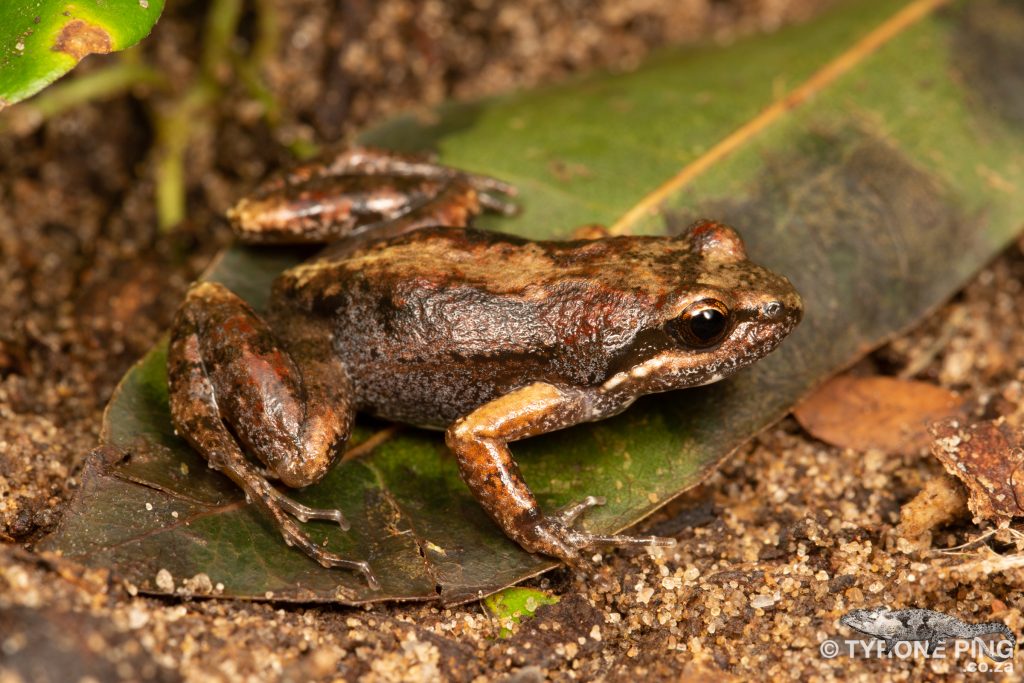
Amietia delalandii – Common River Frog
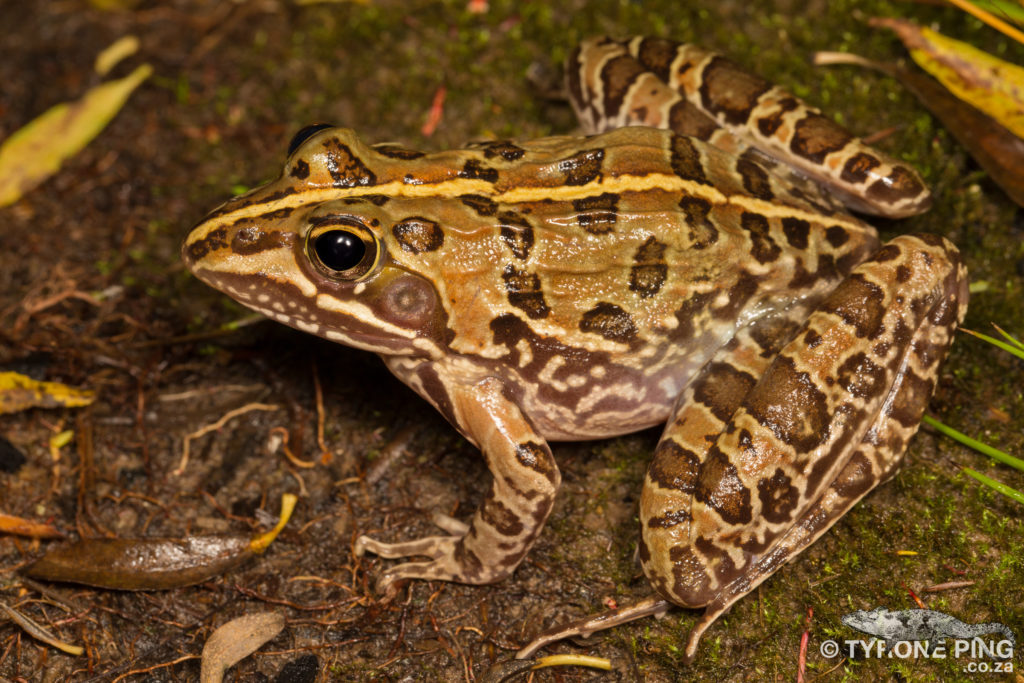
Strongylopus fasciatus – Striped Stream Frog
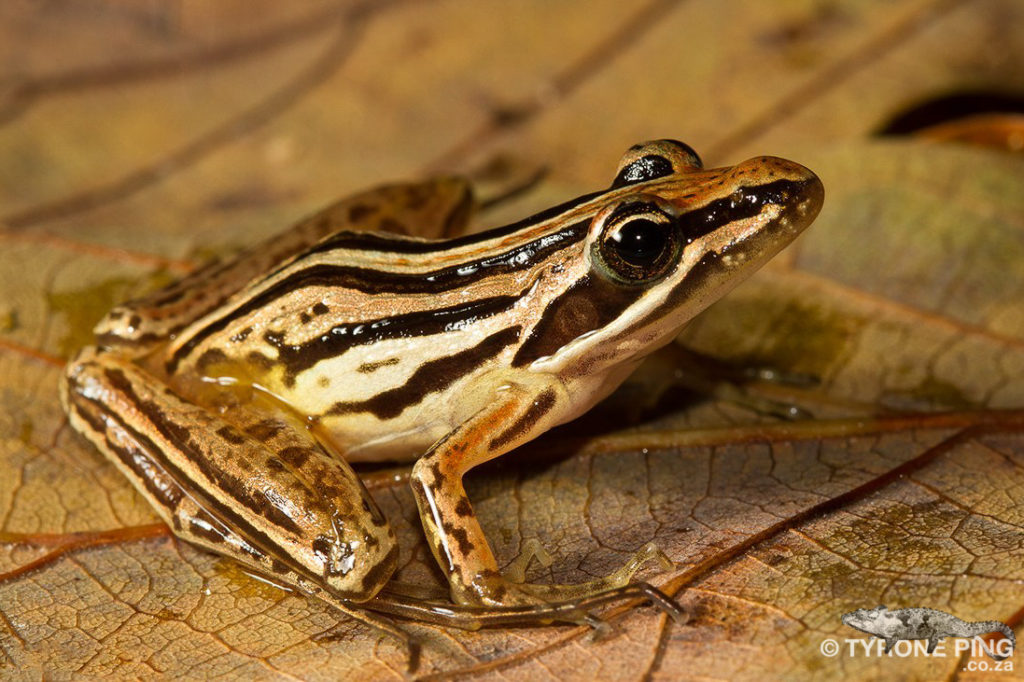
Strongylopus grayii – Clicking Stream Frog

Ptychadena oxyrhynchus – Sharp Nosed Grass Frog
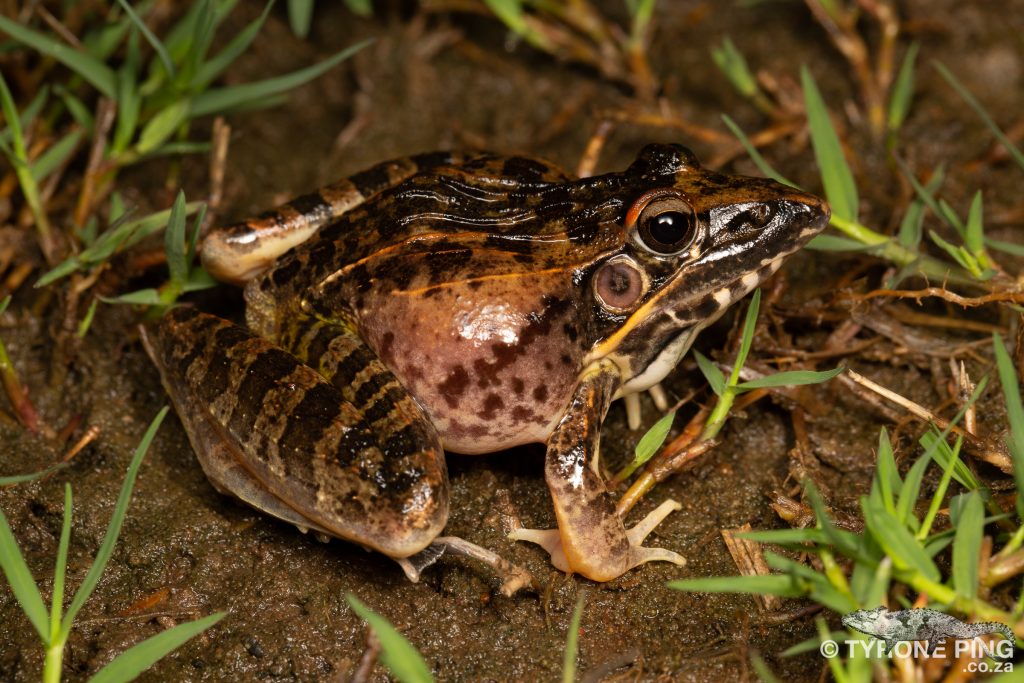
Xenopus laevis – Common Platanna
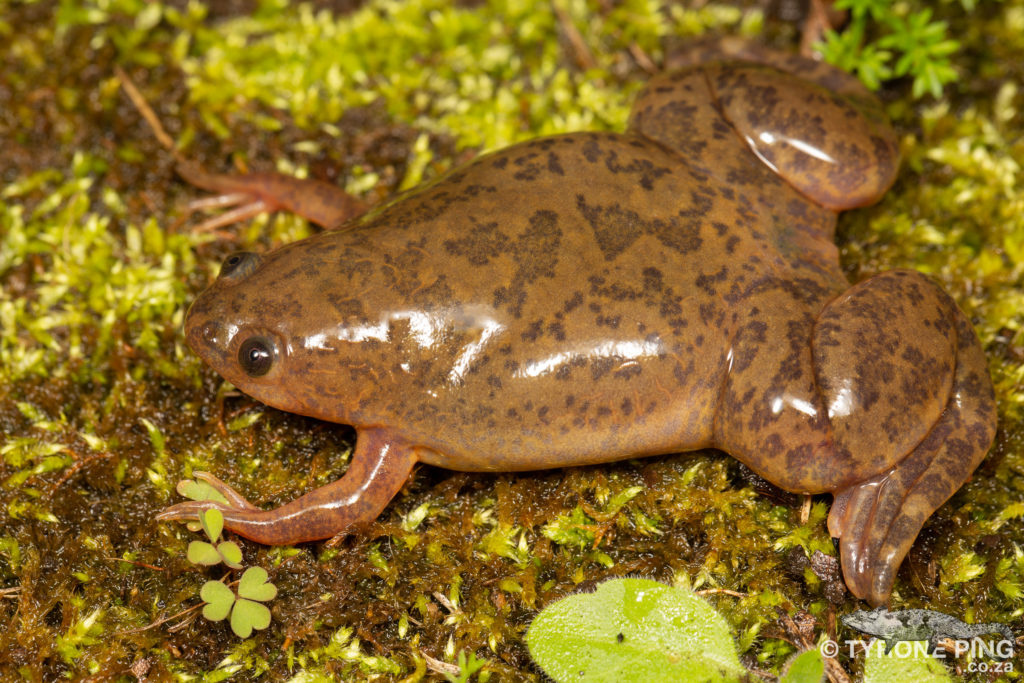
It can be clearly seen from the above that the Frogs of Durban are incredibly variable and many are specifically adapted to thrive in a niche environment, from reeds, waterfalls and suburban gardens. It is important to note there are no dangerous or poisonous frogs that can cause a person any harm simply by touching them in the whole of Durban.
Read more about the Snakes of Durban.
Tyrone Ping
Durban
084 4922 542
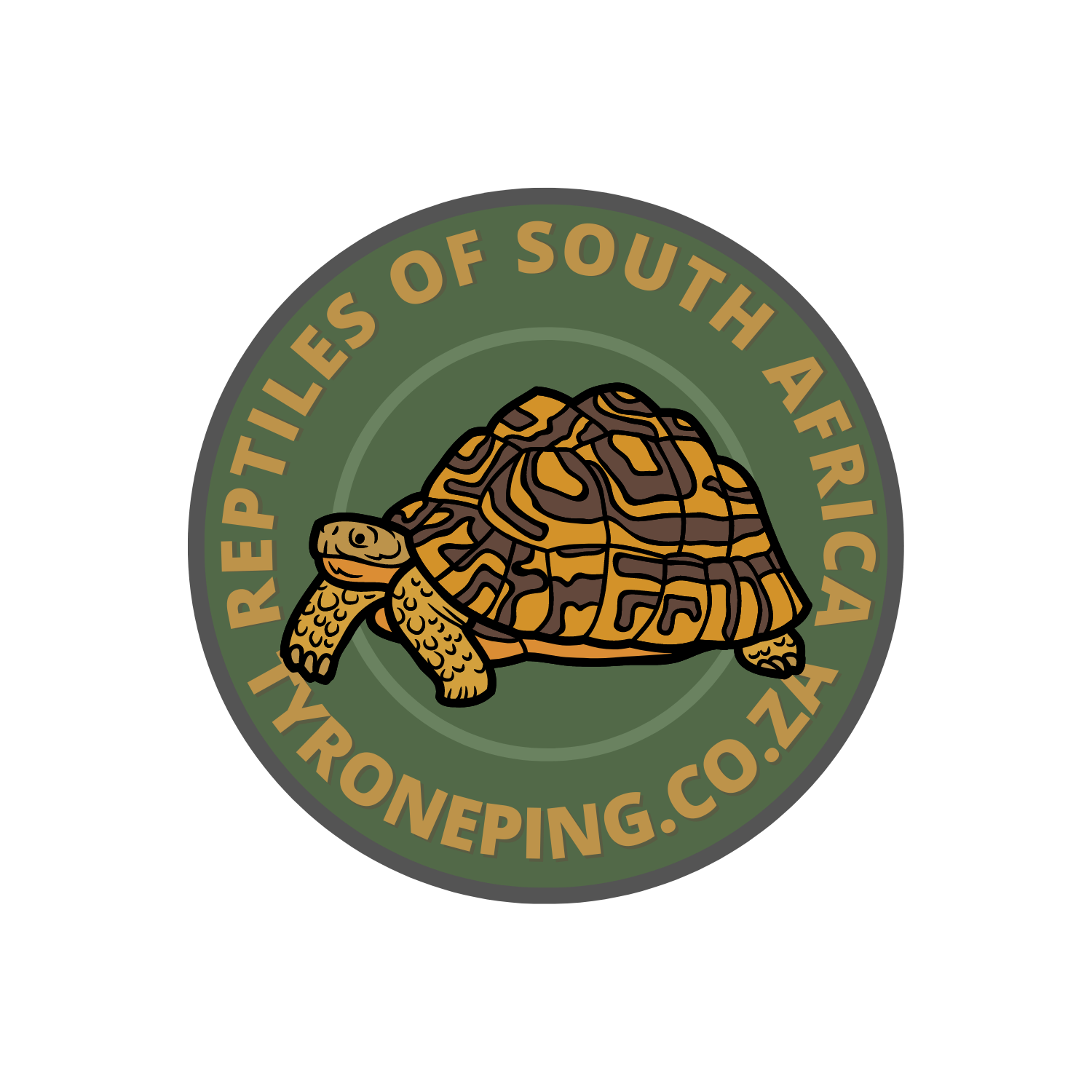
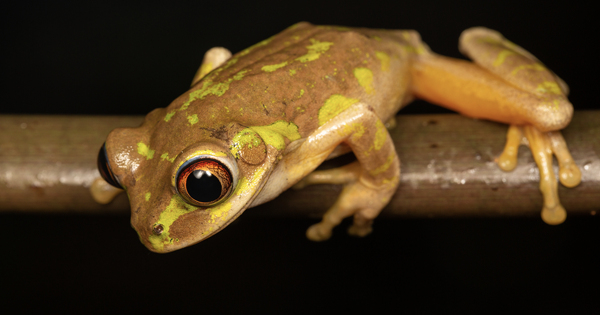
I live in Hillcrest, KZN, and have recent nights been kept awake by a drawn out whistling sound of increasing intensity repeated at regular intervals. Our estate/complex is quite heavily wooded, & with recent heavy rains I’m sure amphibians/frogs are very active. Having researched the internet, the nearest matching call I found was a Desert Rain Frog, genus Breviceps. Now, do all frogs of this genus have a similar call since you list a Plaintive Rain Frog as a resident of the greater Durban area which seems more likely? Before I complain to my neighbour about his security/burglar alarm system, may be you could corroborate my suspicions re, frog sounds, tks.
Hi Mel,
This would be a Plaintive Rain Frog – there are no desert rain frogs in Hillcrest but their calls are very similar. Trust this helps.
https://www.tyroneping.co.za/amphibians-of-southern-africa/breviceps-verrucosus/
I have a tree frog in my bathroom in bothas hill
It is big for a tree frog
It is brown and pale pink
Do you know what type it is and why it is in my bathroom
Hi Debbie,
It will be a Natal Forest Tree Frog. They often end up in bathrooms due to the humidity – very common place in summer.
You can see the species here: https://www.tyroneping.co.za/amphibians-of-southern-africa/leptopelis-natalensis/
Your photos are great. Kindly advise which frogs in kzn are threatened by pollution etc. I am doing research for a PhD in art and my focus at this point is eco art and how it can be used to spark public awareness
Thanks for your comment, most frogs on KwaZulu-Natal are threatened by some form of pollution.
Hi Tyrone
I wonder if you can help me, please? We live in the southern suburbs in Cape Town, and in recent years, our garden (which has a pond), has been ‘invaded’ by what I have identified as the Painted Reed Frog from Natal.
Apart from the fact that they apparently have a negative effect on our local arum lily frogs, their extremely loud and piercing whistles from September to November/December (sometimes longer), which start in the late afternoon and go on till late at night, are quite deafening, to the extent that even our neighbours are complaining! For some reason, even though their gardens also have ponds, they have not attracted these frogs.
I love frogs (we have several other species in our garden), but it is becoming increasingly difficult to live with these little characters! I wonder if you could perhaps suggest any environmentally friendly method of removing them?
Thanks and regards
Anne
Hi Anne,
The Painted Reed Frogs are naturally found in the Western Cape and don’t particularly pose much of a menace to the Arum Lilly Frogs. Unfortunately the only way to rid an area of frogs would be to remove the water source and even then unfortunately is not a sure set way as they don’t need a permanent water source to survive.
Hi Tyrone, belated thanks for your reply (sorry have been out of email contact).
Many thanks for the info, I suppose we will just have to continue to live with these very noisy little frogs!
Kind regards
Anne
Hi there. My sister found a brownish looking frog/toad in Bellaire. I’m not sure if it’s a guttural toad, raucous toad, natal sand frog or bush squeaker
Hi Tyrone
What is the difference between a tree frog and reed frog please 🤔
The structure of the feet, legs and toes is totally different. Reed frogs are much smaller and abundant where is the Tree Frogs are larger and far fewer species present.
Hi Tyrone,
A shiny green on beige frog arrived on my window sill on the KZN South coast(Pumula), near Hibberdene, can you help please with identifying? Thanks in advance.
Hi Don,
Is this the frog you’ve seen?
https://www.tyroneping.co.za/amphibians-of-southern-africa/leptopelis-natalensis/
Hi Tyrone, the only one that matches is the Natal Forest Tree Frog. From Umhlali, KwaZulu Natal, but is a shiny sandy/beige with bright green markings
Sounds right they are highly variable and come in many diffeent colour forms.
Pingback: Rain Frog